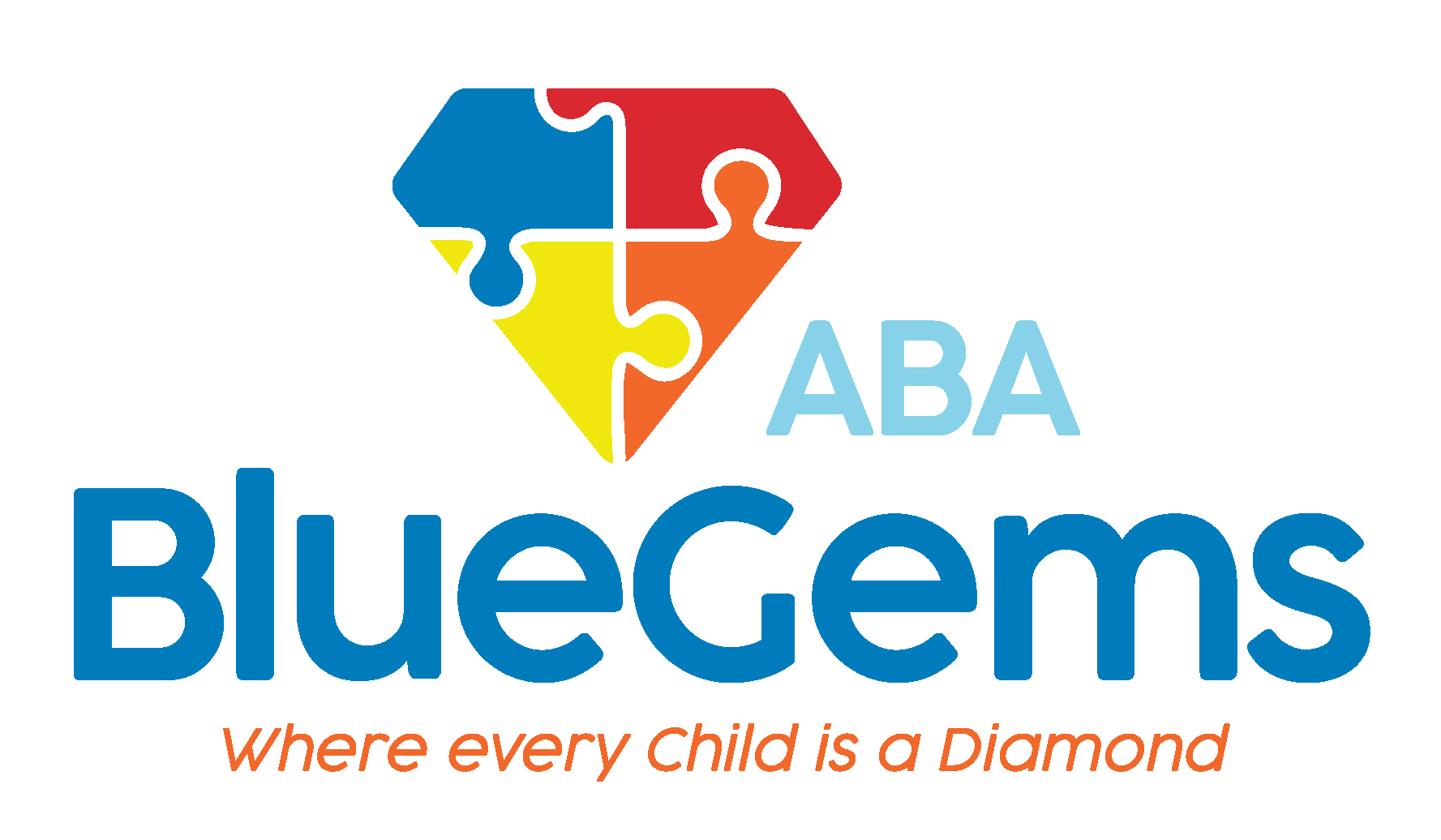Can You Grow Out of Autism?
Hearing that your child has been diagnosed with autism spectrum disorder (ASD) can be very emotional. You might feel sadness, anger, worry and much more.
Many parents who have a child with autism don’t quite know exactly what it will mean for their child and for the rest of their family. One of the reasons for this confusion is that ASD is such a wide and varied neurodevelopmental order that can affect children dramatically differently.
Parents just want what’s best for their children, but to be able to provide that, it’s important for them to know what to expect, as well as what’s realistic and what’s not. A lot of this information will become more apparent as their child gets older and begins to get the specialized support they need through treatment such as applied behavior analysis, or ABA therapy.
A common question that parents have is whether you can grow out of autism, or whether it can be cured. We’ll discuss that topic below.
Table Of Contents
Can You Grow Out of Autism?
The quick answer is no, you can’t grow out of autism1. ASD is a neurodevelopmental disorder that people are born with and that will affect them for their entire lives.

This may sound quite daunting, but it does not mean that your child’s autism can not get better. A better way to describe it is that, with the right treatment plans, your child can build many skills that they may struggle with and modify certain behaviors that are negative and/or harmful.
In doing so, they can help to improve the common symptoms of autism. What this means is that, in time, your child can learn and grow. As a result, it may seem as if they are growing out of autism as they age.
What are the Common Symptoms of ASD?
While autism can affect children in many different ways across a wide spectrum, there are common signs and symptoms that most people struggle with.
These symptoms may take a little while to exhibit themselves, which makes diagnosing ASD challenging at very young ages. That’s why many children don’t receive an autism diagnosis until between the ages of 3 and 5.
Generally speaking, autism is defined by a deficit in communication and social interaction, as well as restrictive interests, repetitive behaviors and/or sensory sensitivities.
Some of the common symptoms of autism that children exhibit include avoiding eye contact, not responding to their name, not using hand gestures, not sharing interests with others their age and not engaging in pretend play.
Other behavioral symptoms include repeating phrases or words, playing with a toy the same way all the time, getting upset by even minor changes to a routine and having obsessive interests.
How Can ABA Therapy Improve Autism Symptoms?
Autism is a permanent disorder, but that doesn’t mean that symptoms can’t improve over time. With the proper support and treatment plans, children on the autism spectrum can learn the skills they need to live happy, healthy, productive and independent lives2.
This is especially true when interventions can be started from a young age, which is why early screening tests and early identification of ASD is so important.
ABA therapy is considered the goal standard treatment option for children with ASD. It’s an evidence- and science-based approach to learning and behavior that’s rooted in the principles of behavior analysis (BA).
Therapists have many different tools and strategies at their disposal to help support their patients. Over time, by using positive reinforcement and repetition, they can help children build the social and communication skills they lack, while also modifying certain behaviors.
A hallmark of ABA therapy is the fact that it’s highly flexible, customizable and adaptable to each child’s specific needs. Treatment plans are created to target the unique strengths and challenges of each patient, which helps improve their outcomes.
Clear goals are set for each patient initially, and then a lot of data is collected and analyzed to track their progress toward reaching their goals. Based on this information, the goals can be changed and/or updated, while the strategies and tools being used can be updated as well.
Parents, family members, caregivers and other professionals are also brought into the mix and taught some of the principles and basics of ABA therapy. This ensures that the child is properly supported in real-world situations when therapy sessions are over.
Blue Gems ABA Helps Children Improve Their ASD Symptoms
Autism is a lifelong neurodevelopmental disorder that children are born with and that can’t be cured or grown out of. That being said, with the right support and proper treatment, children can see a significant improvement in the symptoms that affect them.
At Blue Gems ABA, we have a team of dedicated professionals who administer ABA therapy on a one-to-one basis with children on the autism spectrum. In doing so, we provide them with the specific support they need to grow and improve their autism symptoms.
To learn more, please contact us today.




